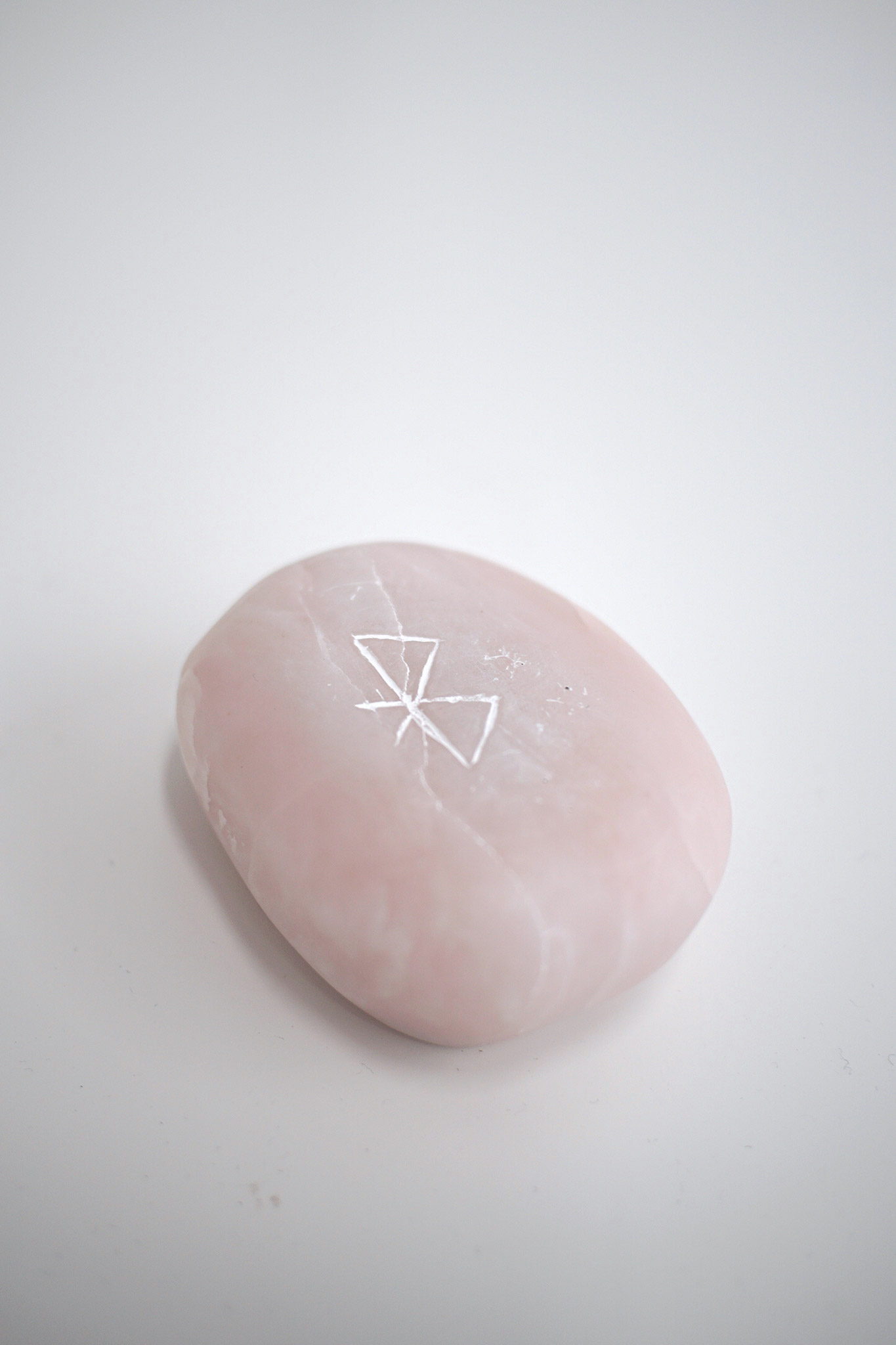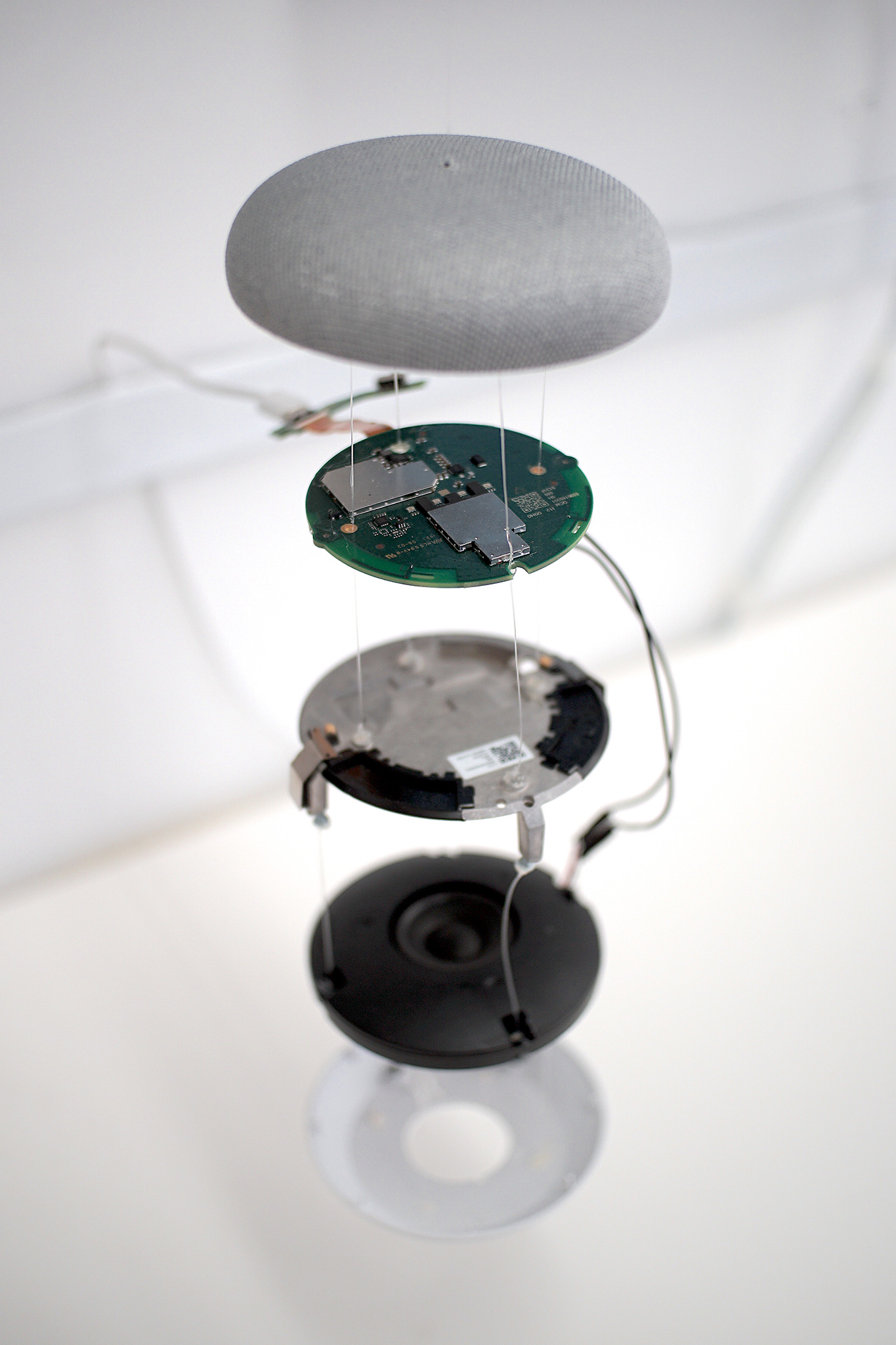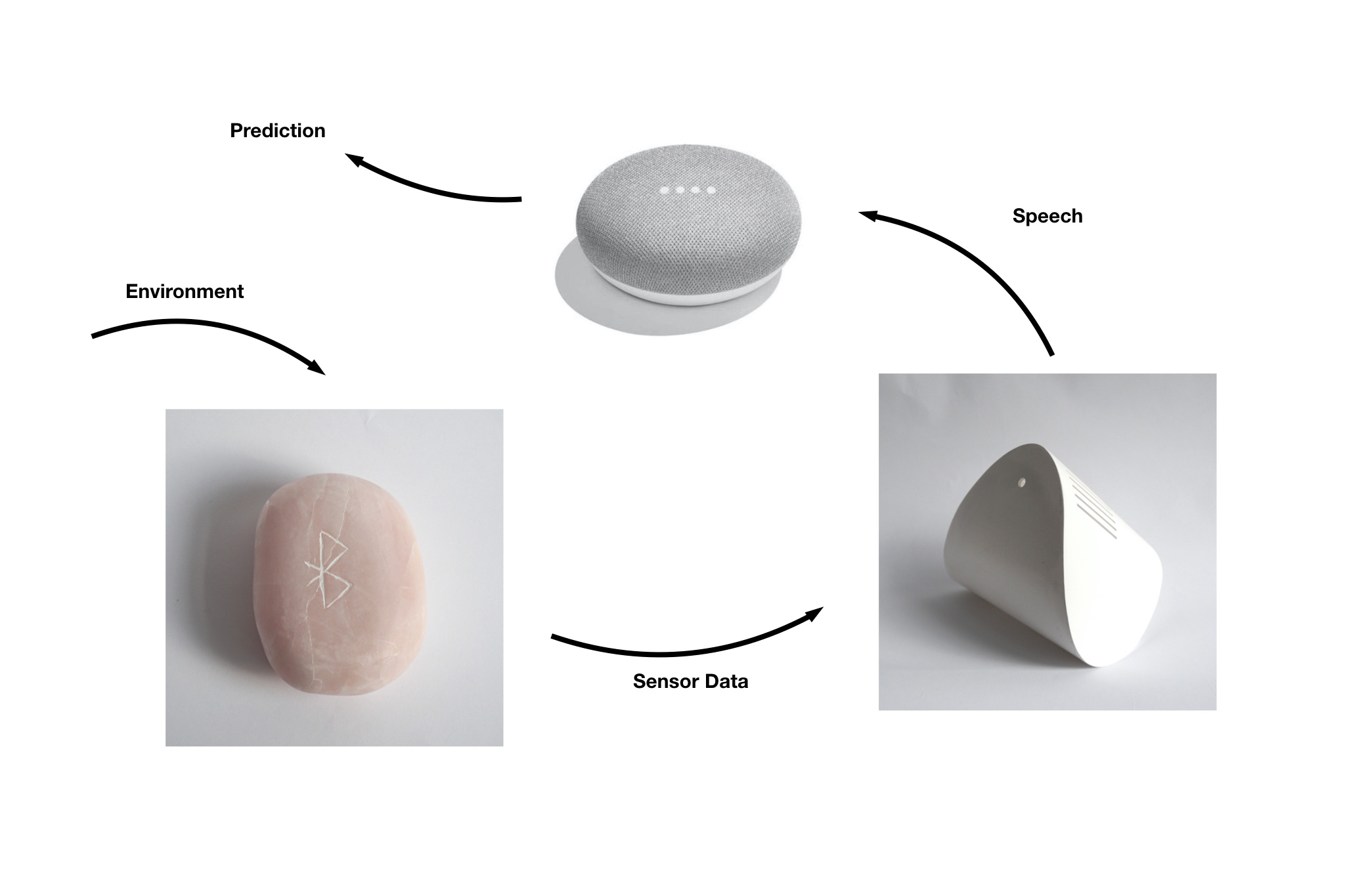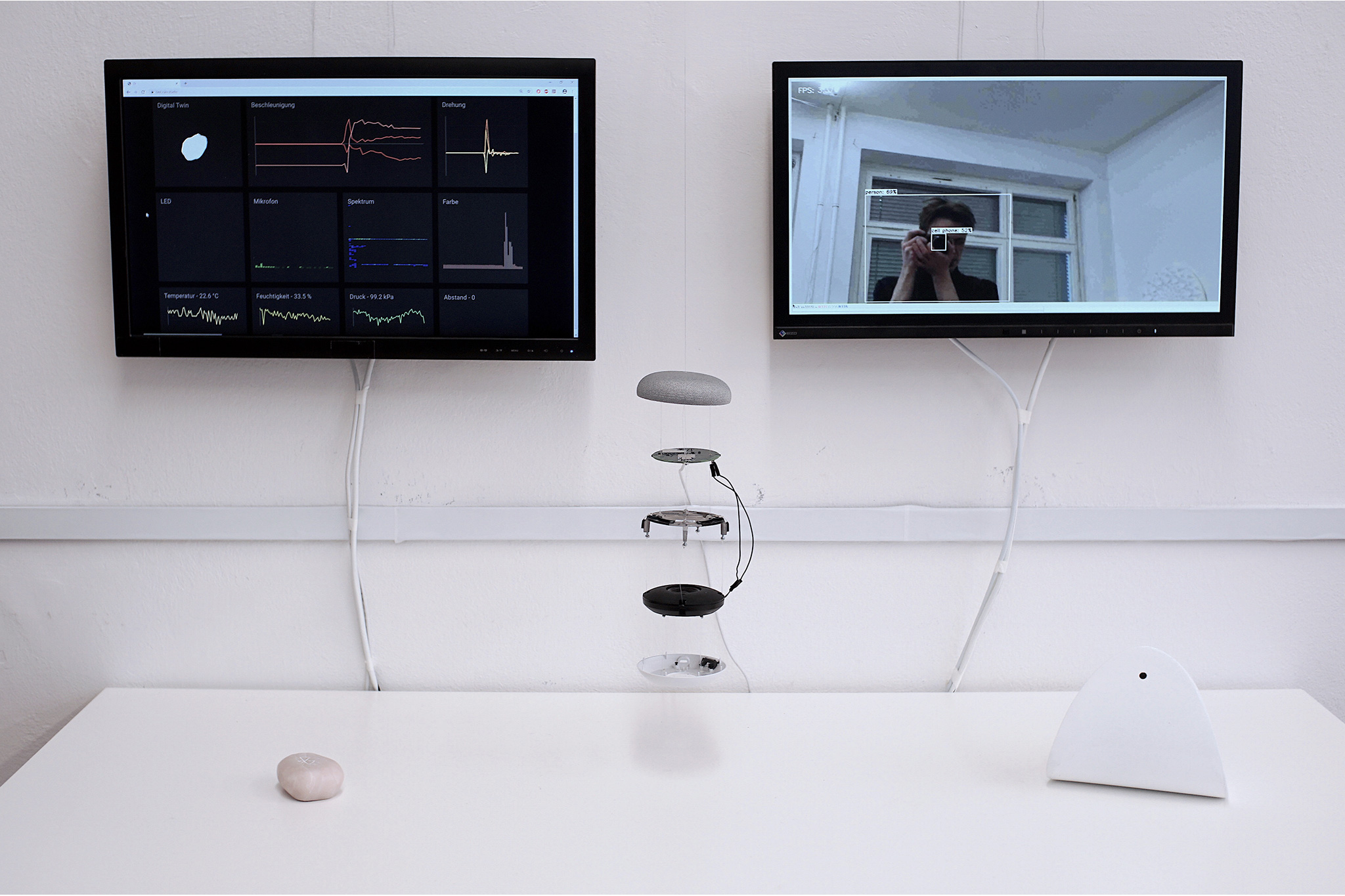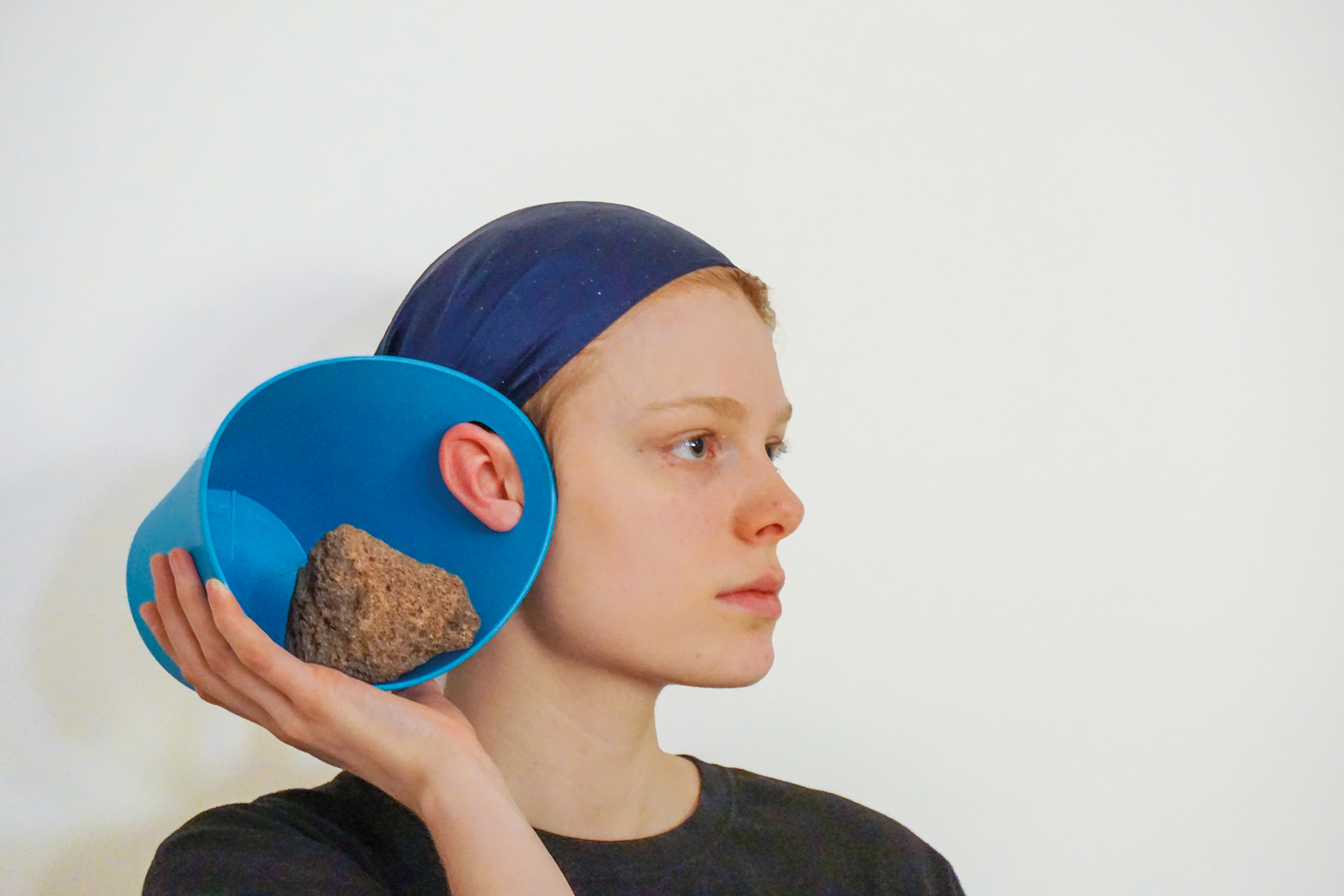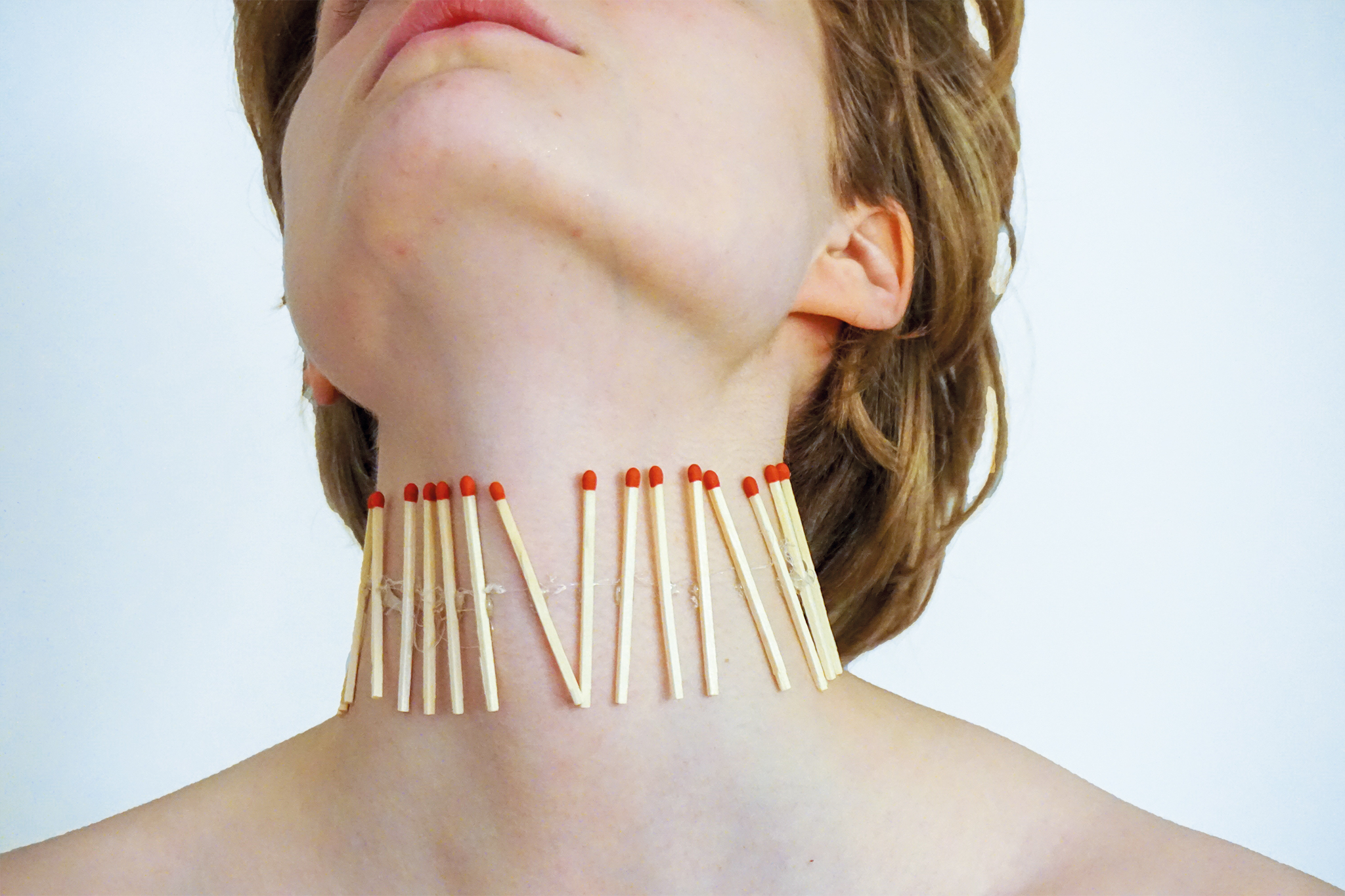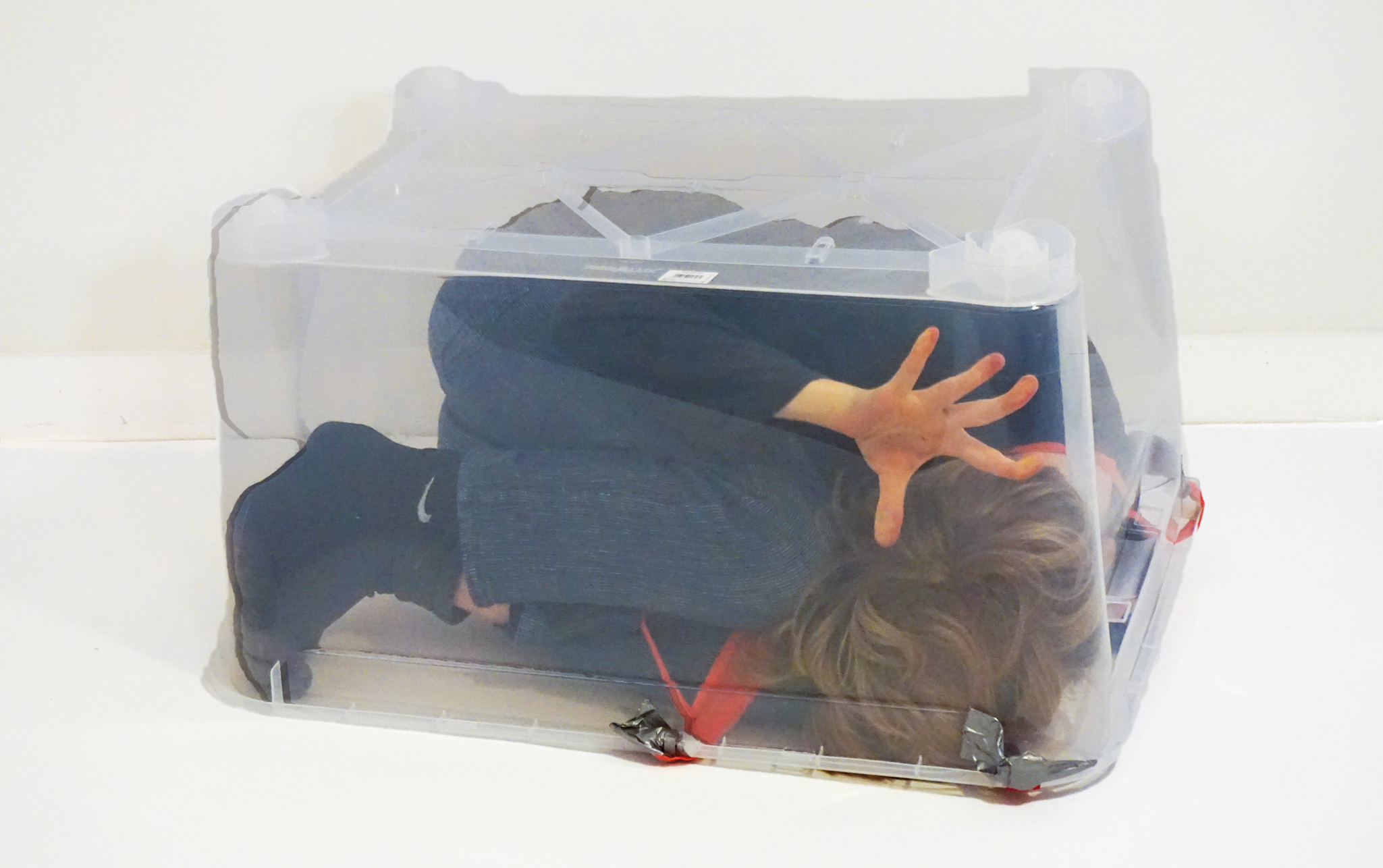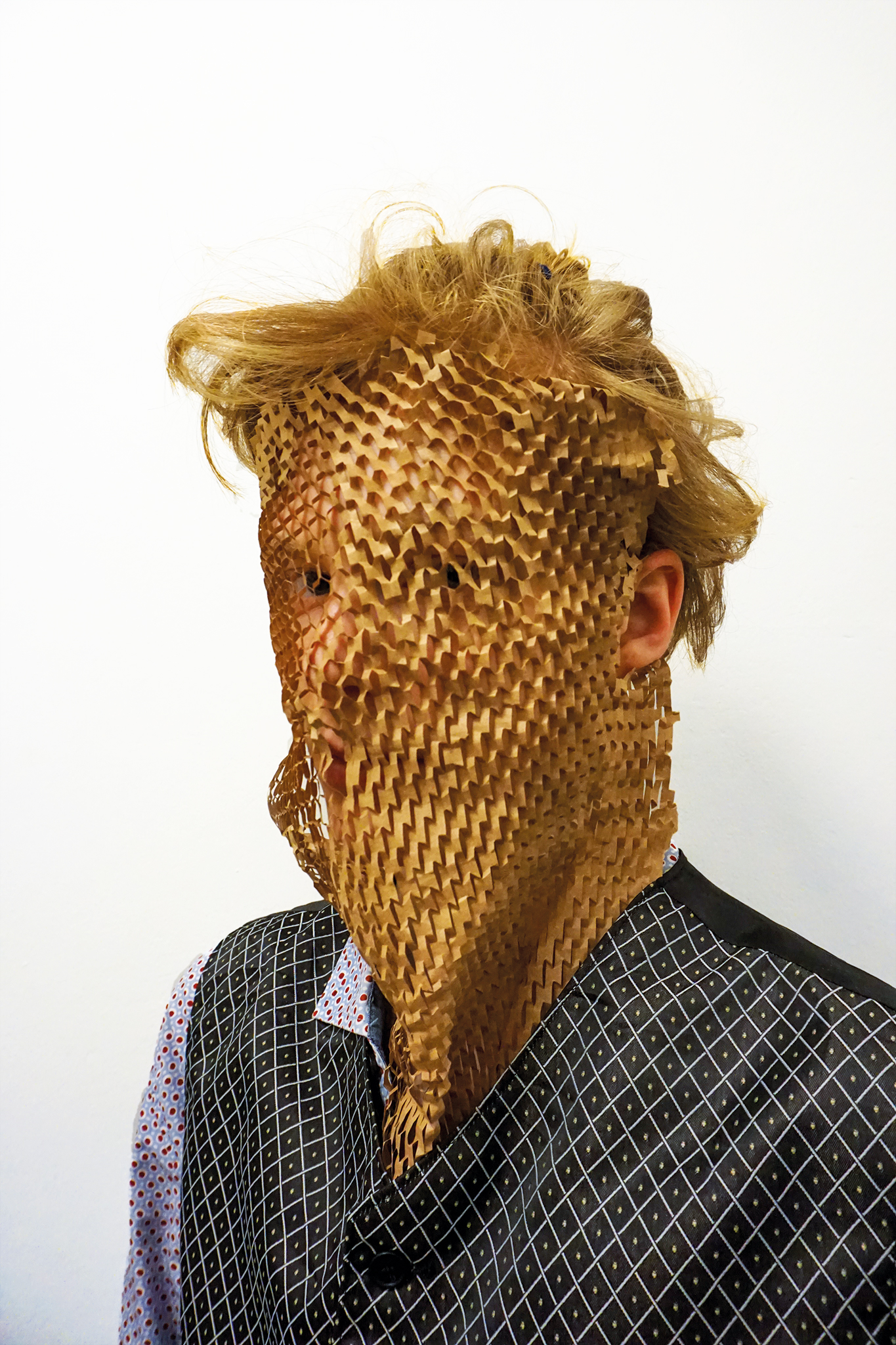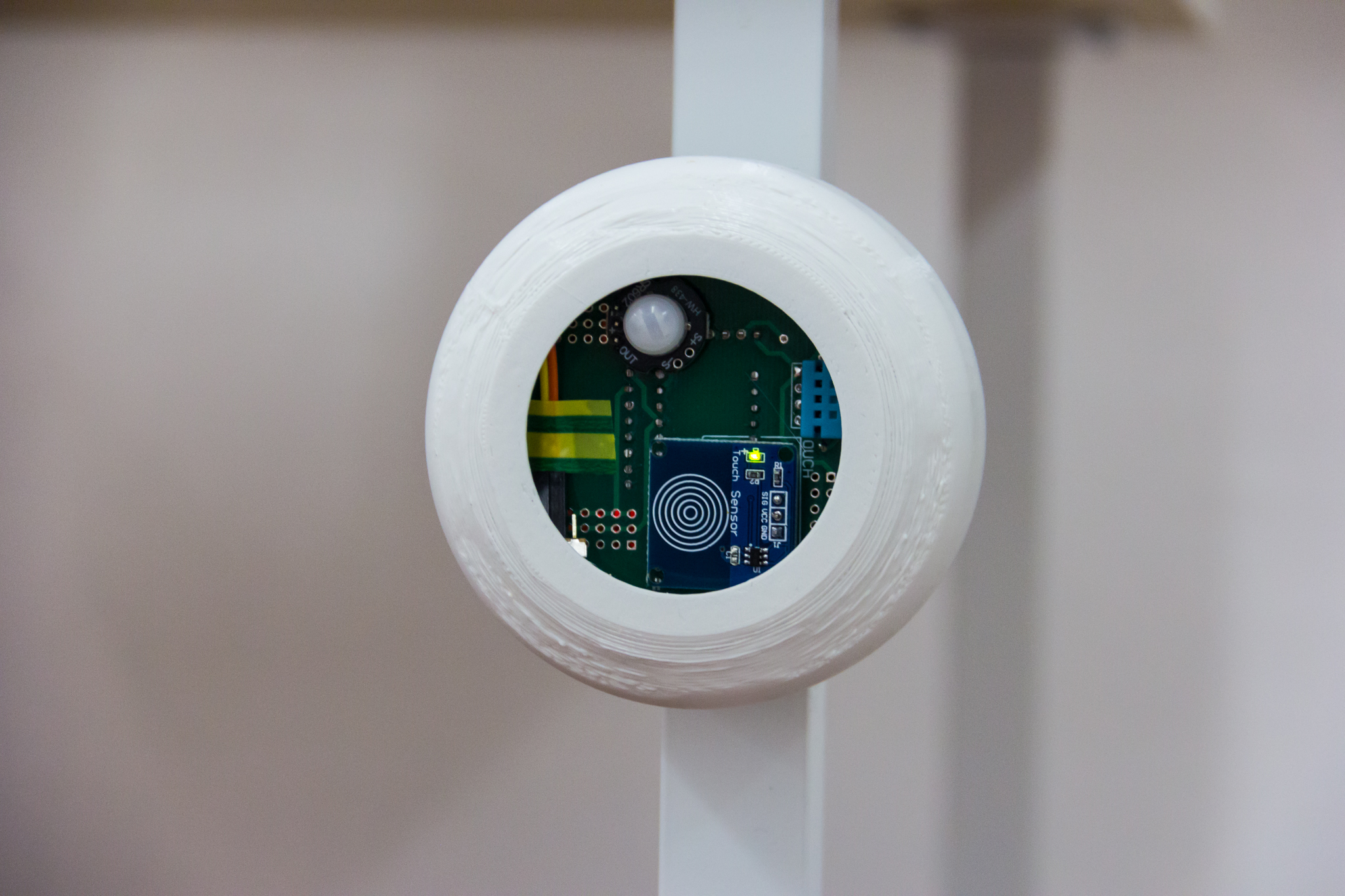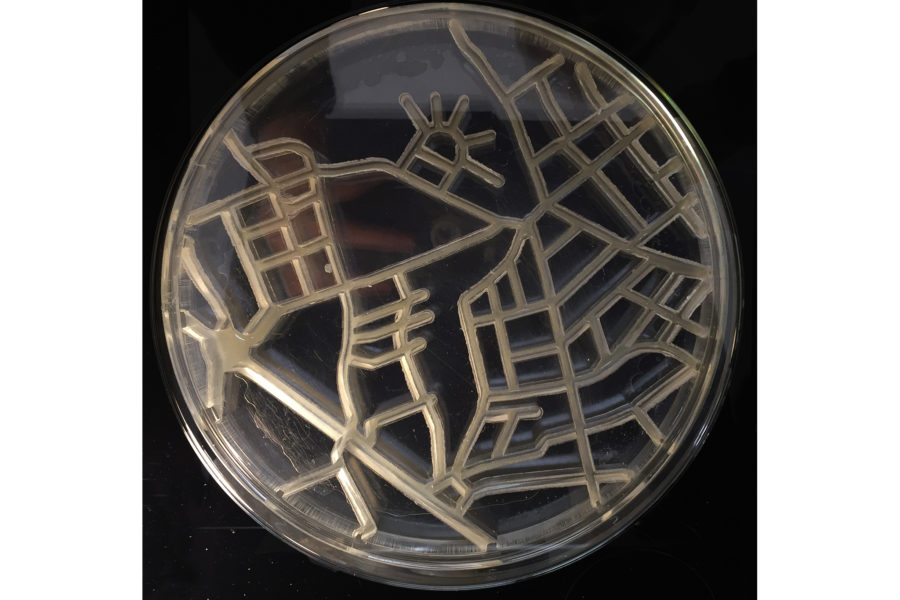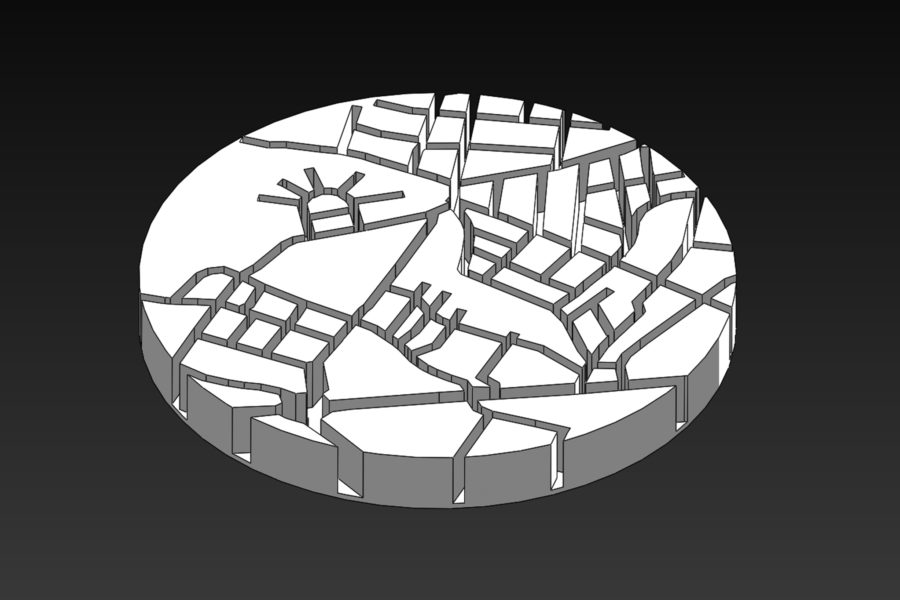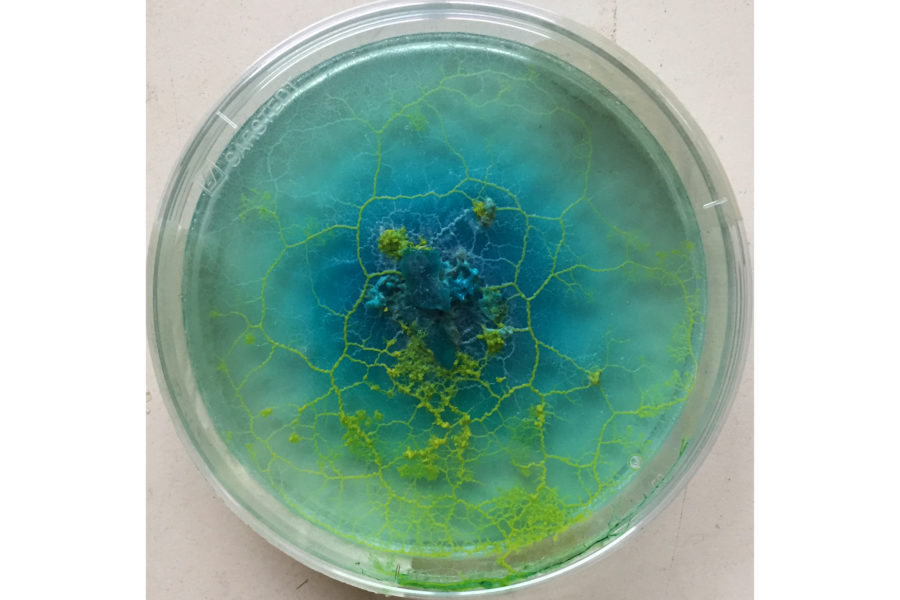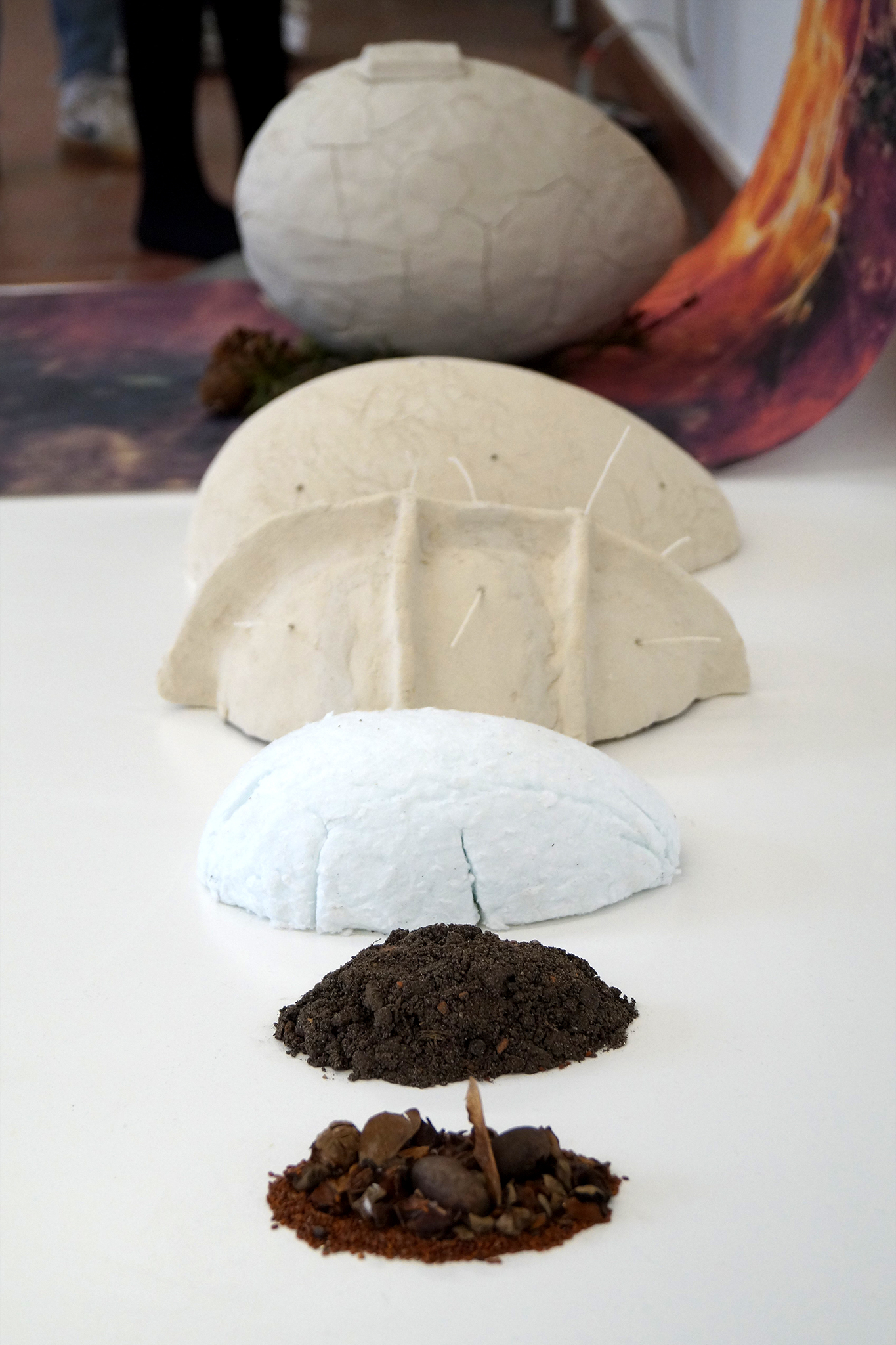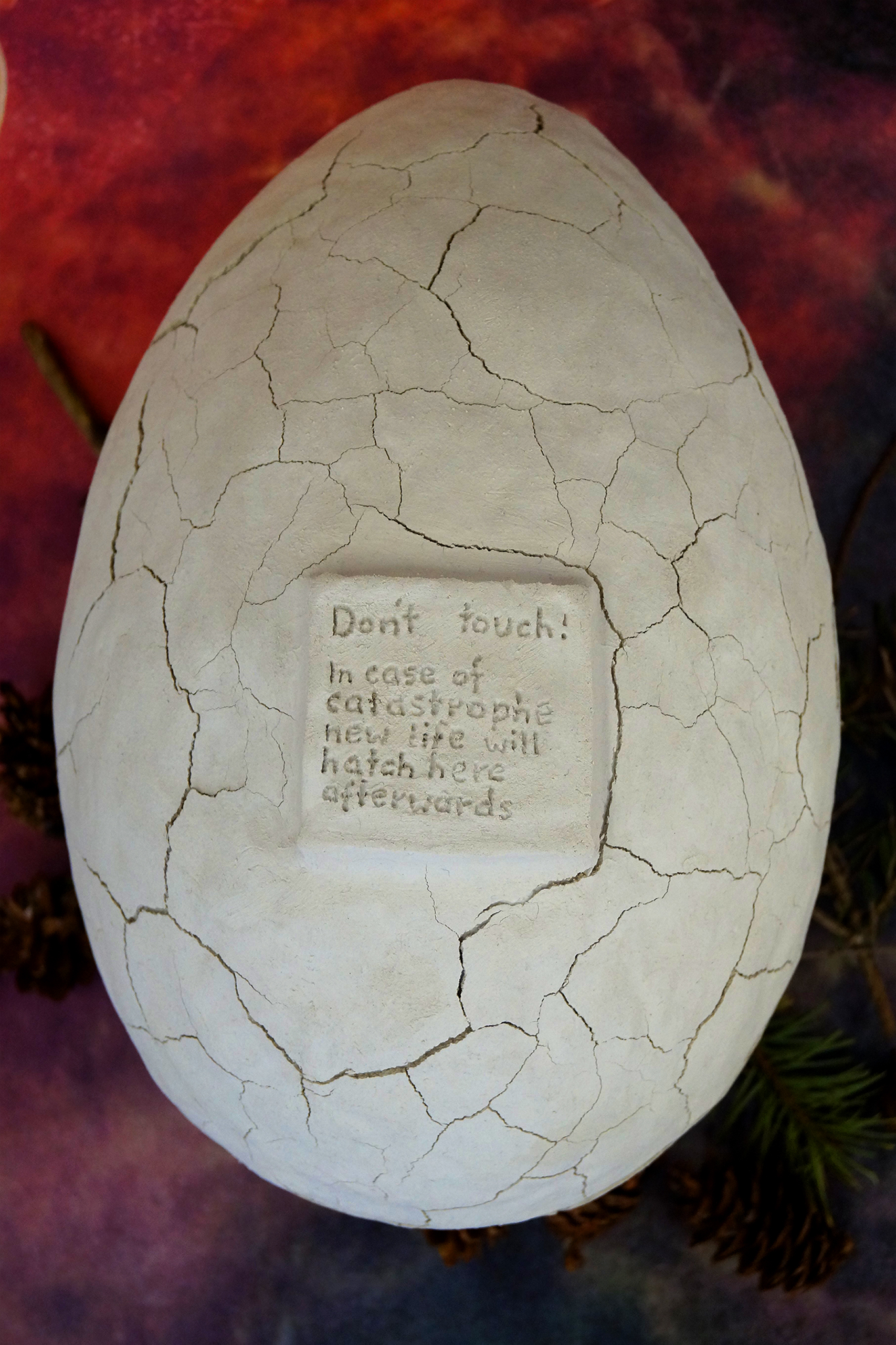OI - Design for a post-anthropocentric shift
2019/20
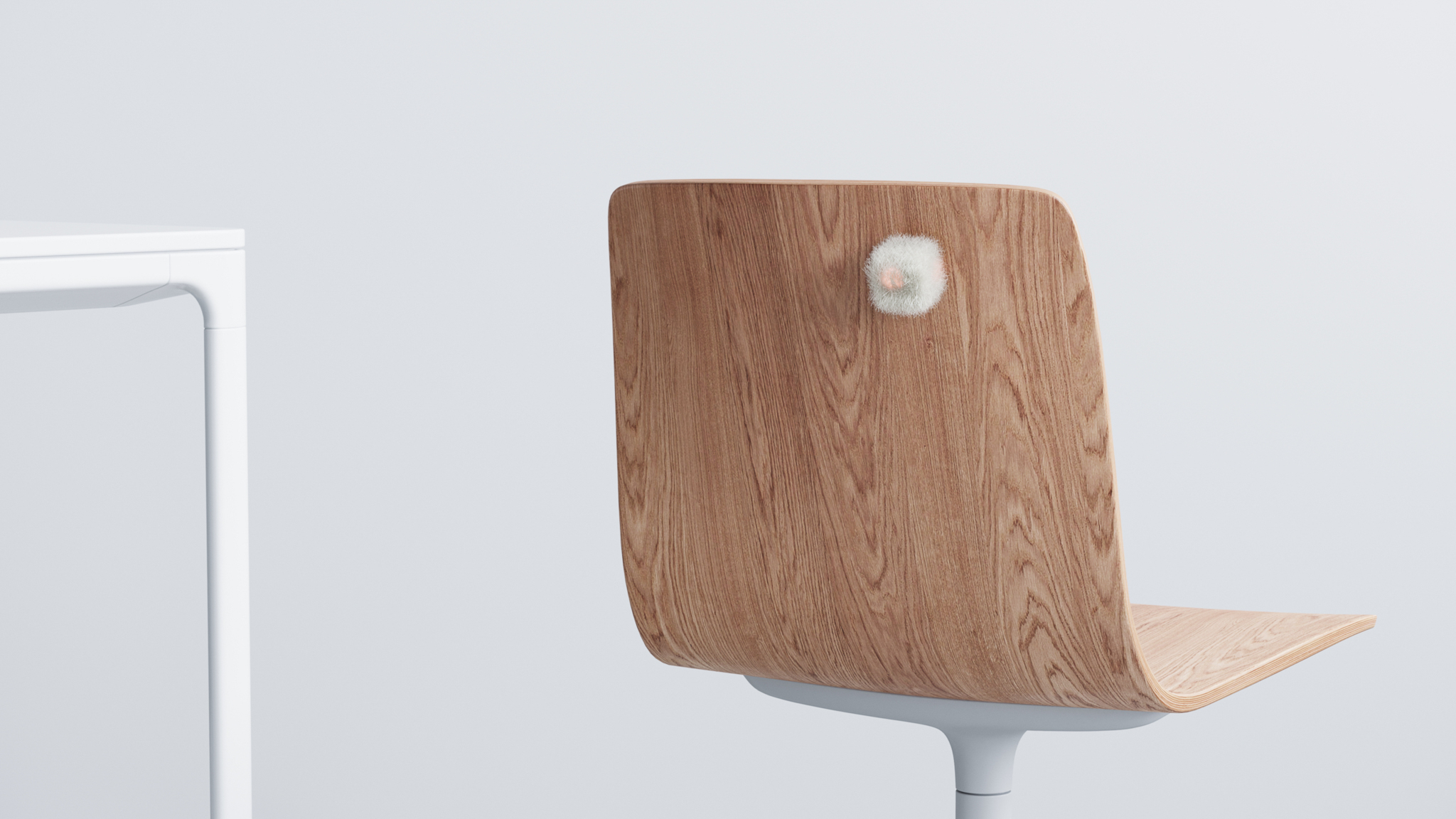
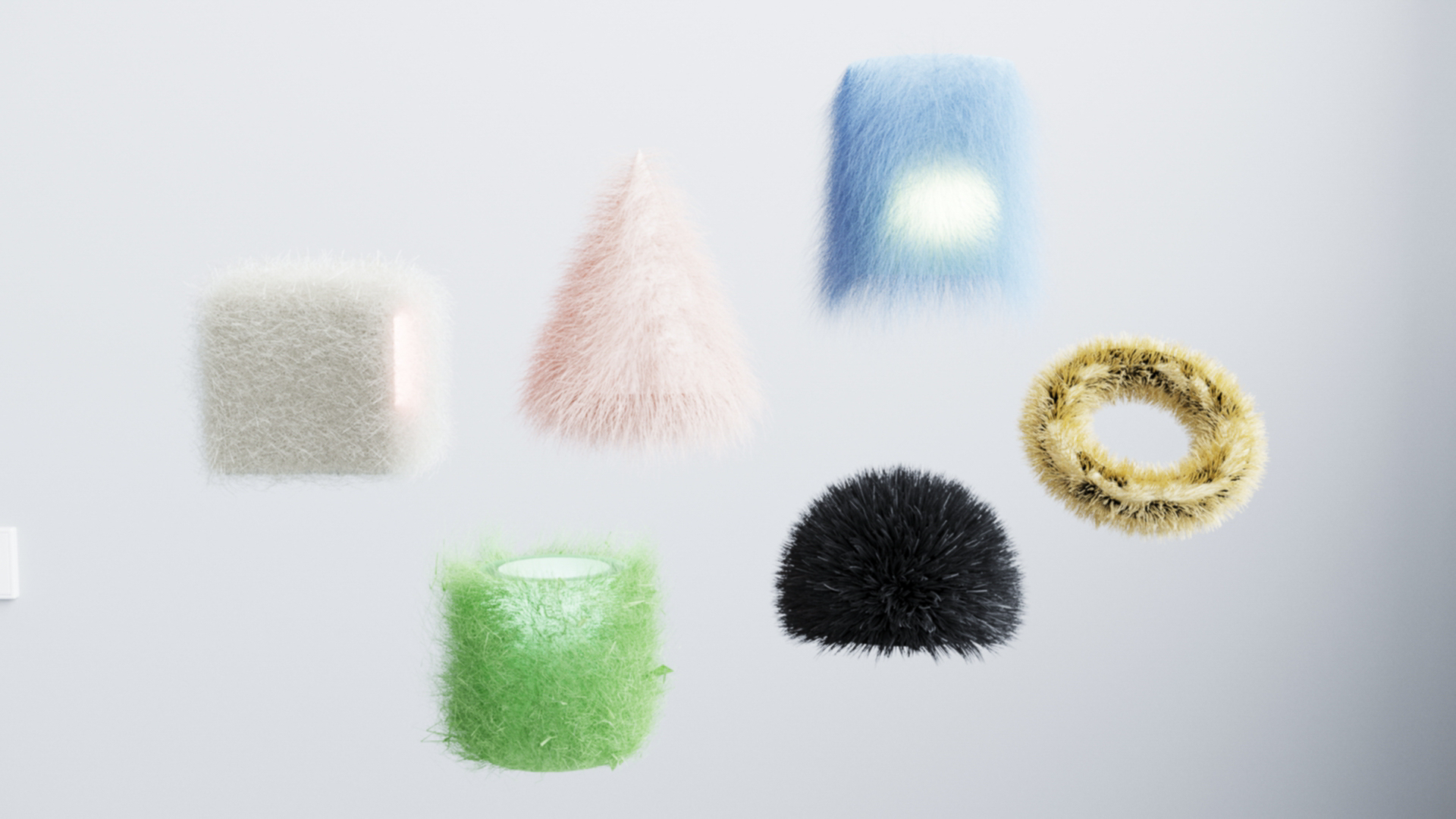
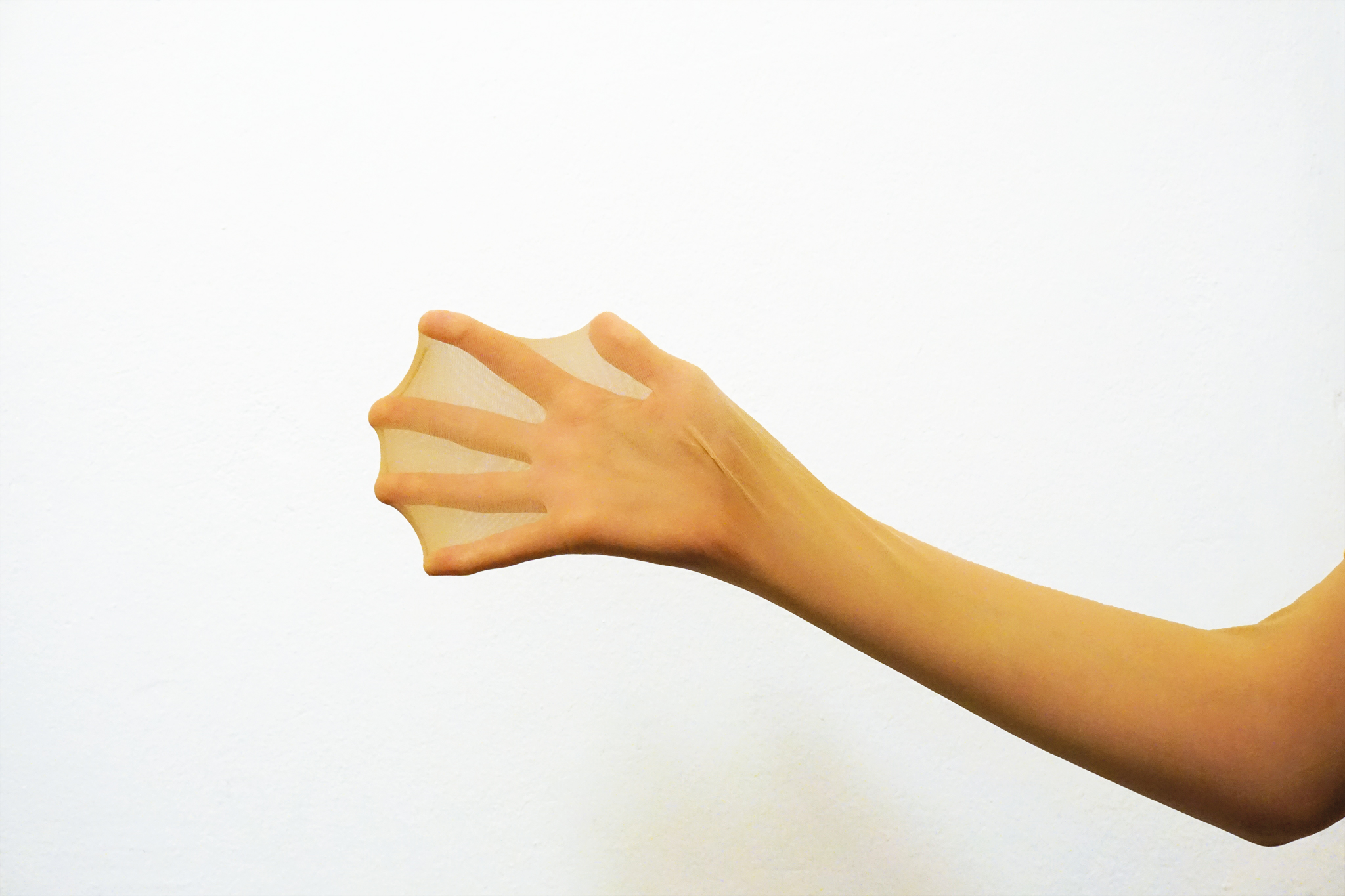
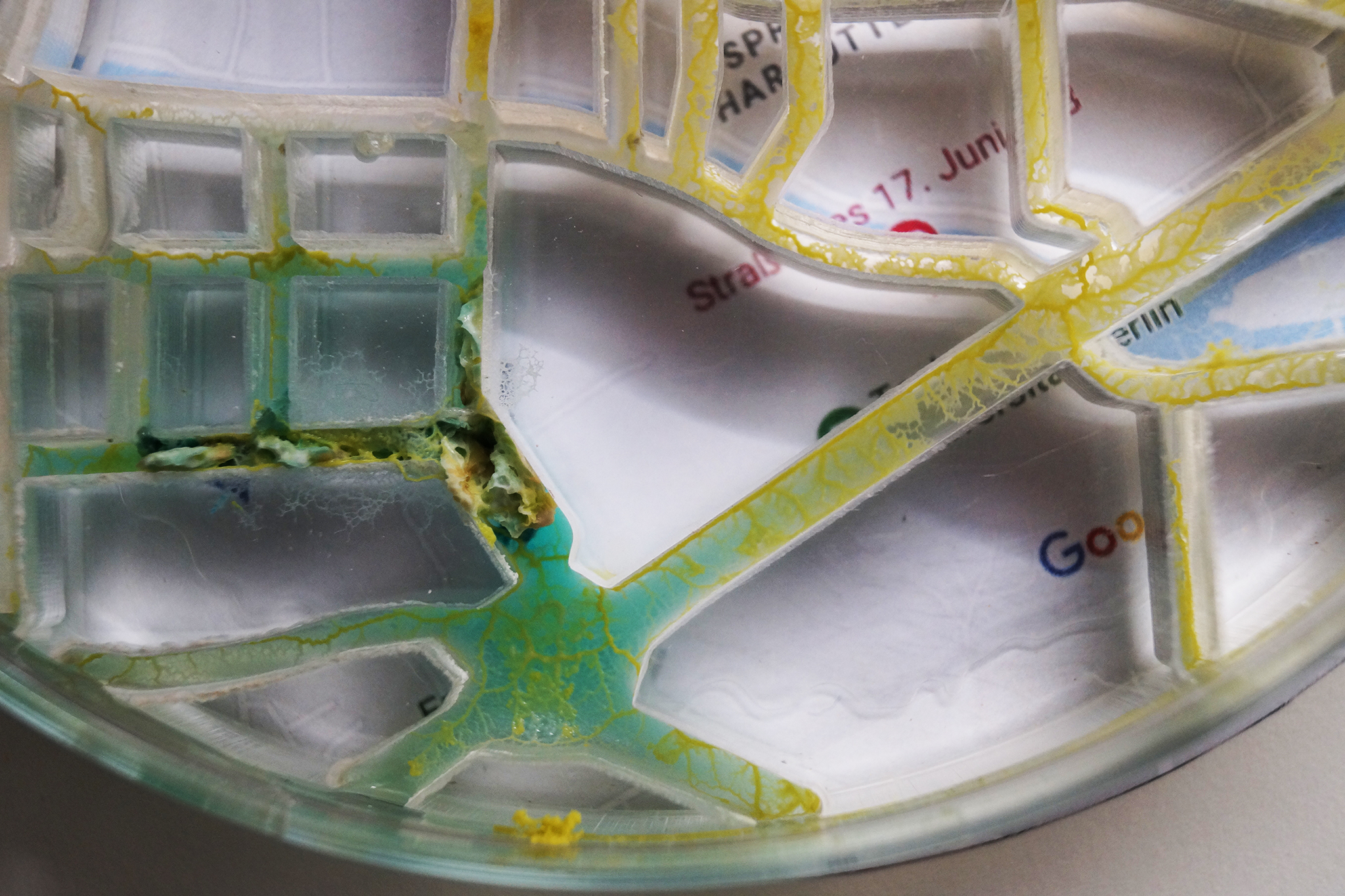
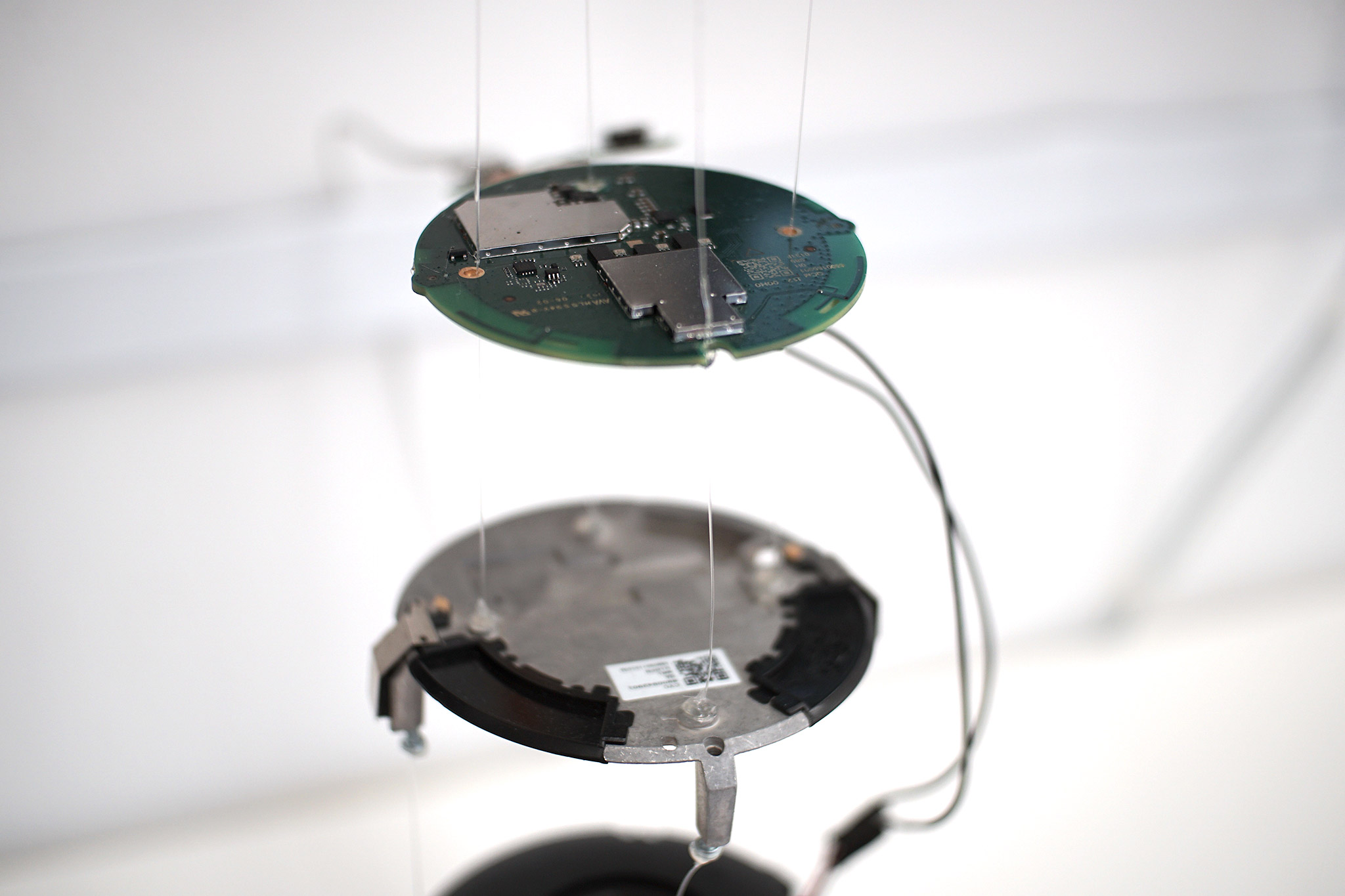

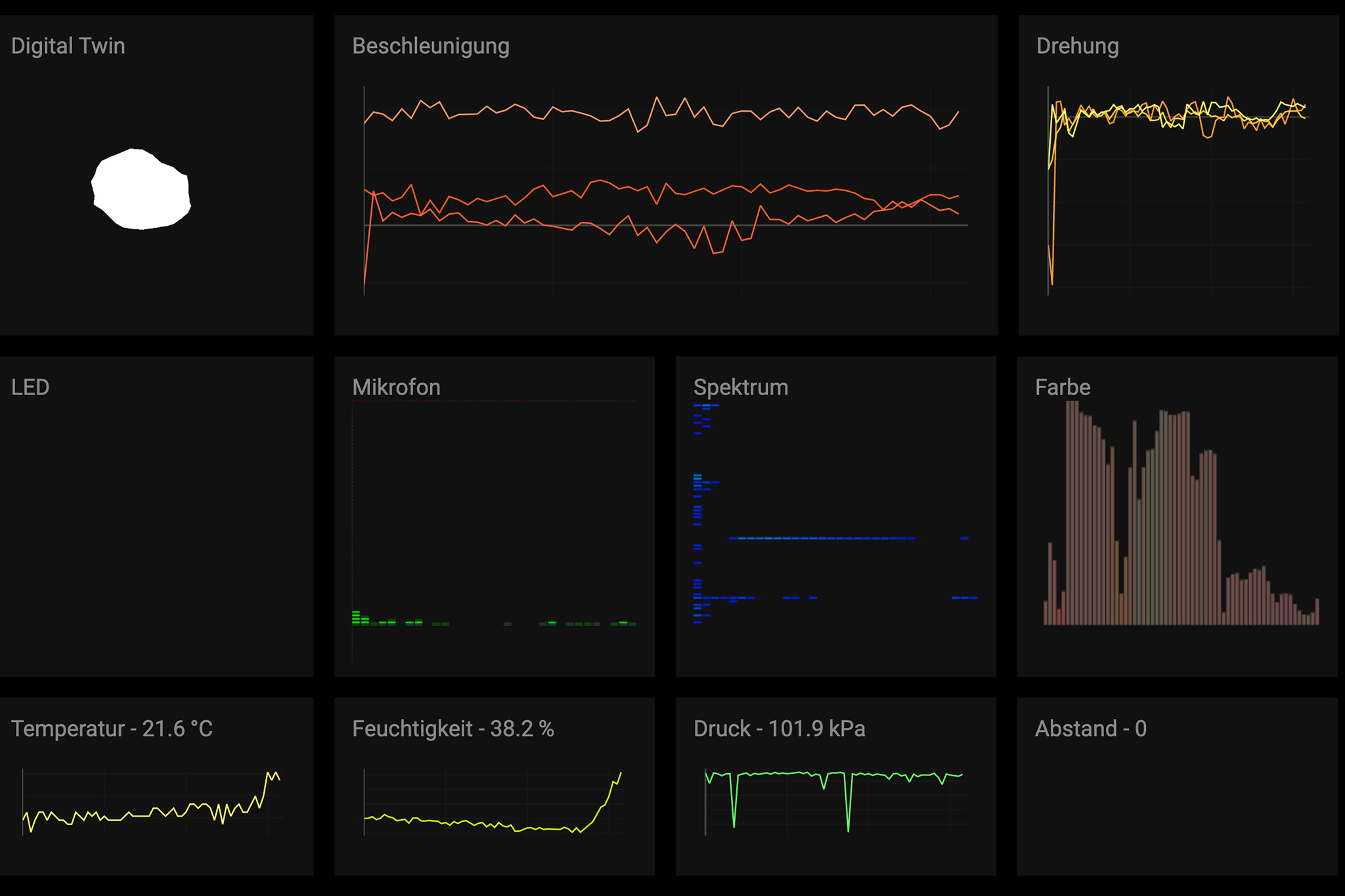
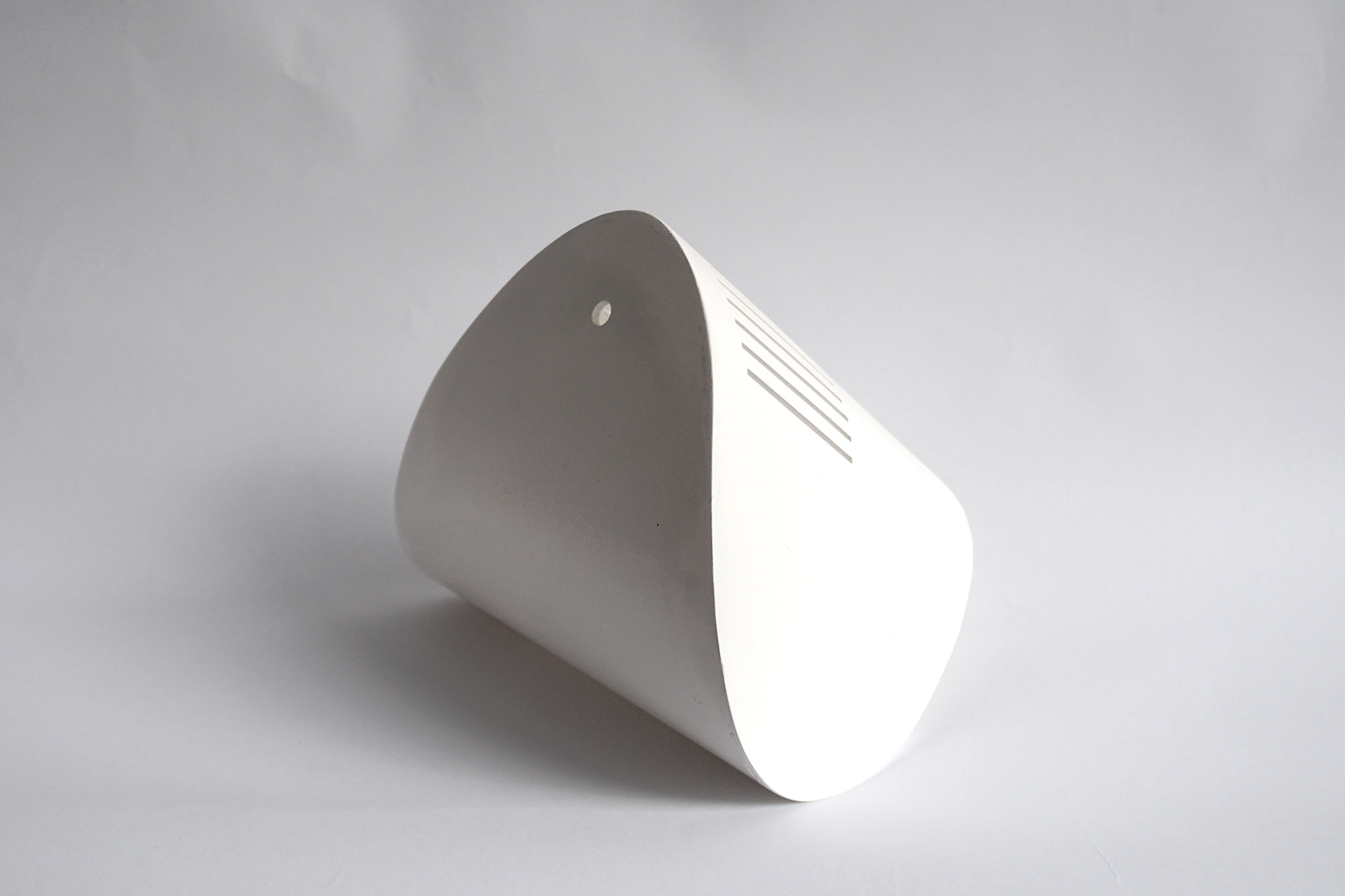
Lecturers_ Prof. Axel Kufus, Annika Unger, Anja Lapatsch, Prof. Gesche Joost
BA and MA students_ Emily Dietrich, Yuhang Ke, Lee Kern, Louie Gavin, Katharina Sauter, lisa Hösch, Jonas Fehrenbach, Dominique Bertisch
BA and MA students_ Emily Dietrich, Yuhang Ke, Lee Kern, Louie Gavin, Katharina Sauter, lisa Hösch, Jonas Fehrenbach, Dominique Bertisch
In this project, studens were asked to develop an expanded design approach that addresses experiences and needs beyond human-centred design. In doing so, we want to reposition the human perspective as one of many in order to develop other forms of coexistence and cooperation. Possible synergies between human and non-human actors are at the heart of this design project.
What futures do we really want and why?
Fragile yet robust futures offer utopian and dystopian perspectives in which the forces of previously incompatible worlds unite for mutual survival – or not.
This is why we want to consciously move between utopia and dystopia in order to preserve complex interrelationships in all their complexity.
What if, through self-learning systems, artificial intelligences were to take on an expanded role as synergistic and balancing forces in complexly interconnected cycles?
What if humans were to share their civilisational power with non-human actors – if animals, plants, objects and technologies were able to represent their own interests?
What if the boundary between nature and product dissolved, how might our relationship to our things change?
How and what can artificial intelligence learn from natural intelligence and vice versa?
These and other questions require an upgrade of our design thinking. A further development of our worldview – an integrative, multi-perspective design approach that develops alternative practices and narratives of togetherness.
What futures do we really want and why?
Fragile yet robust futures offer utopian and dystopian perspectives in which the forces of previously incompatible worlds unite for mutual survival – or not.
This is why we want to consciously move between utopia and dystopia in order to preserve complex interrelationships in all their complexity.
What if, through self-learning systems, artificial intelligences were to take on an expanded role as synergistic and balancing forces in complexly interconnected cycles?
What if humans were to share their civilisational power with non-human actors – if animals, plants, objects and technologies were able to represent their own interests?
What if the boundary between nature and product dissolved, how might our relationship to our things change?
How and what can artificial intelligence learn from natural intelligence and vice versa?
These and other questions require an upgrade of our design thinking. A further development of our worldview – an integrative, multi-perspective design approach that develops alternative practices and narratives of togetherness.
